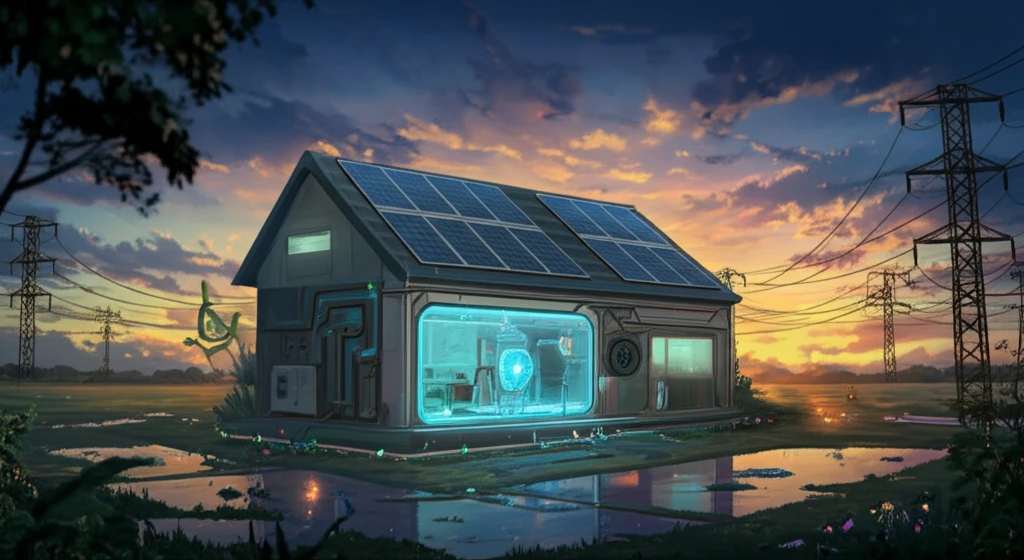
Power Up Your Home: How Bidirectional DC-DC Converters are Revolutionizing Energy Storage
"Unlock the potential of home energy storage with advanced bidirectional DC-DC converter technology, paving the way for smarter, more sustainable energy use."
Imagine a world where your home's energy system is not only efficient but also incredibly flexible, adapting to your needs and the demands of the grid. One of the key trends making this possible is the rise of low-voltage DC (Direct Current) grids. These grids are designed to seamlessly interface with existing AC (Alternating Current) systems while allowing for diverse energy sources and loads.
A crucial element within these DC grids is the distributed energy storage system (ESS), often located right in our homes and buildings. To make these storage systems truly effective, they require advanced power converters that can act as a bridge between the battery and the grid. These converters need to be isolated to ensure safety and bidirectional to allow energy to flow in both directions – charging the battery from the grid or powering your home from the battery.
This article delves into the fascinating world of dual-stage isolated bidirectional DC-DC converters, a technology that's poised to revolutionize home energy storage. We'll explore how these converters work, their benefits, and how they're contributing to a more sustainable energy future.
Why Bidirectional DC-DC Converters are the Key to Smarter Energy Storage

Bidirectional DC-DC converters are essential for modern energy storage systems because they provide a crucial interface between energy storage devices (like batteries) and the grid. Unlike older systems that only allowed energy to flow in one direction, these converters enable a two-way flow of power, offering several key advantages:
- Bidirectional Full-Bridge Converters: These are well-known for their reliability and ability to handle high power levels. The Dual Active Bridge (DAB) converter is a popular choice within this category, offering efficient power transfer and isolation.
- Bidirectional Resonant Converters: These converters, particularly the full-bridge LLC resonant converter, stand out for their enhanced performance and efficiency. They use resonant circuits to achieve soft switching, reducing energy loss and improving overall system performance.
The Future is Bright for Home Energy Storage
The development and implementation of advanced bidirectional DC-DC converters represent a significant step forward in creating more sustainable and resilient energy systems. As technology continues to evolve and costs decrease, we can expect to see these converters playing an increasingly important role in homes and businesses, empowering individuals to take control of their energy consumption and contribute to a cleaner energy future.
